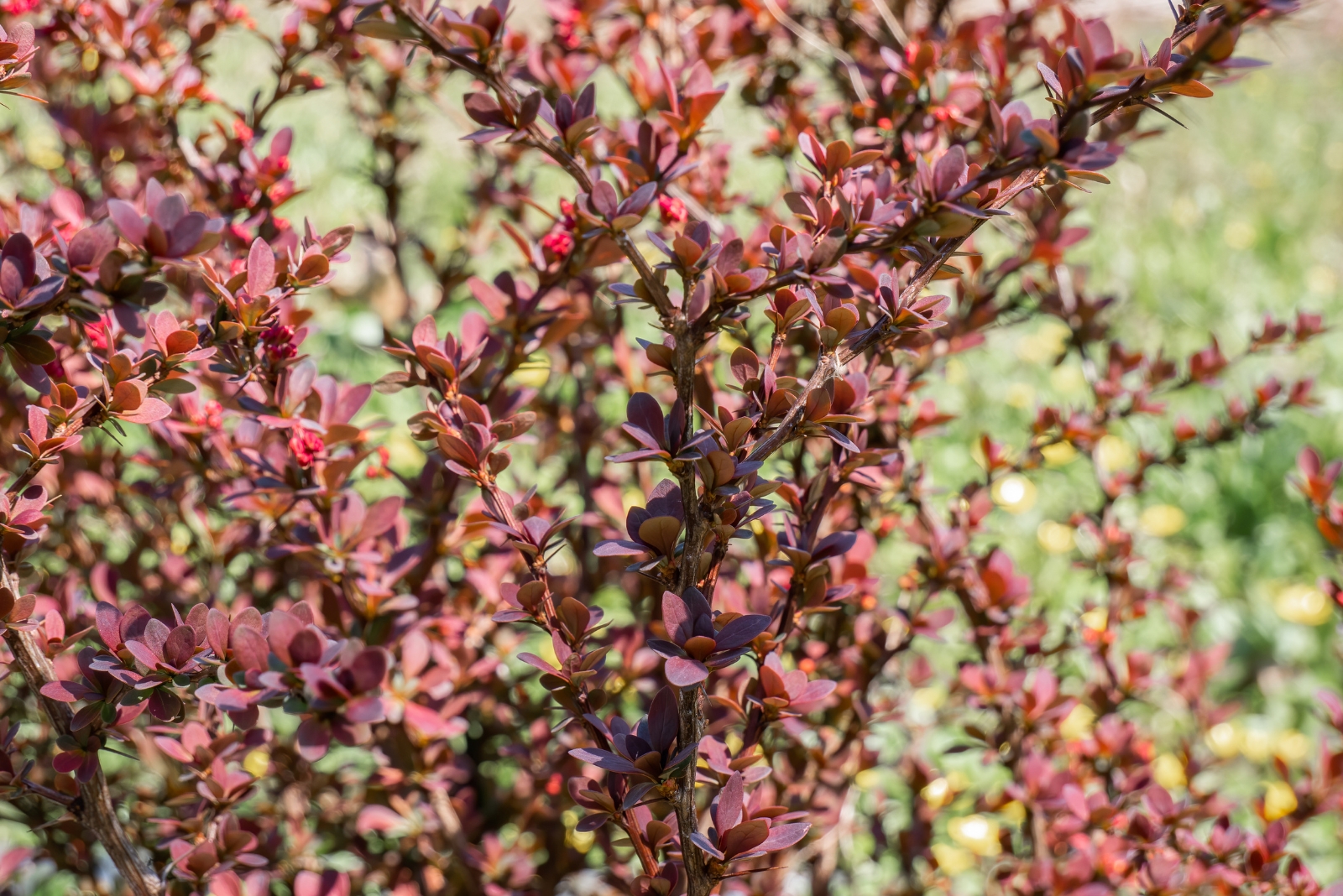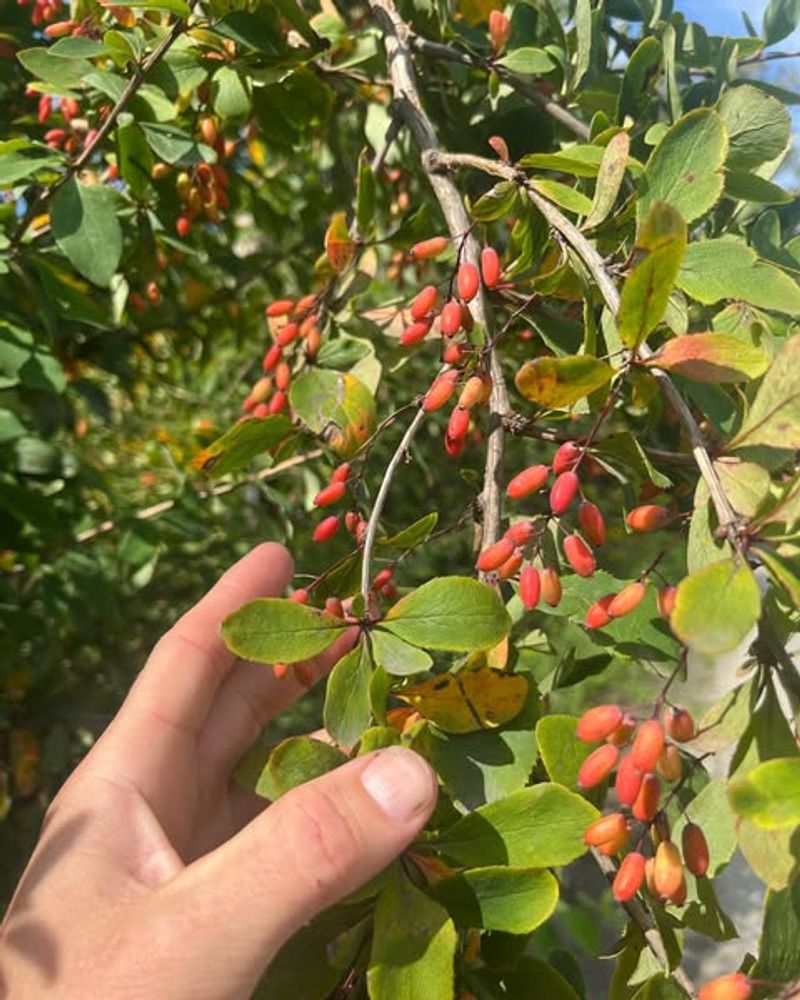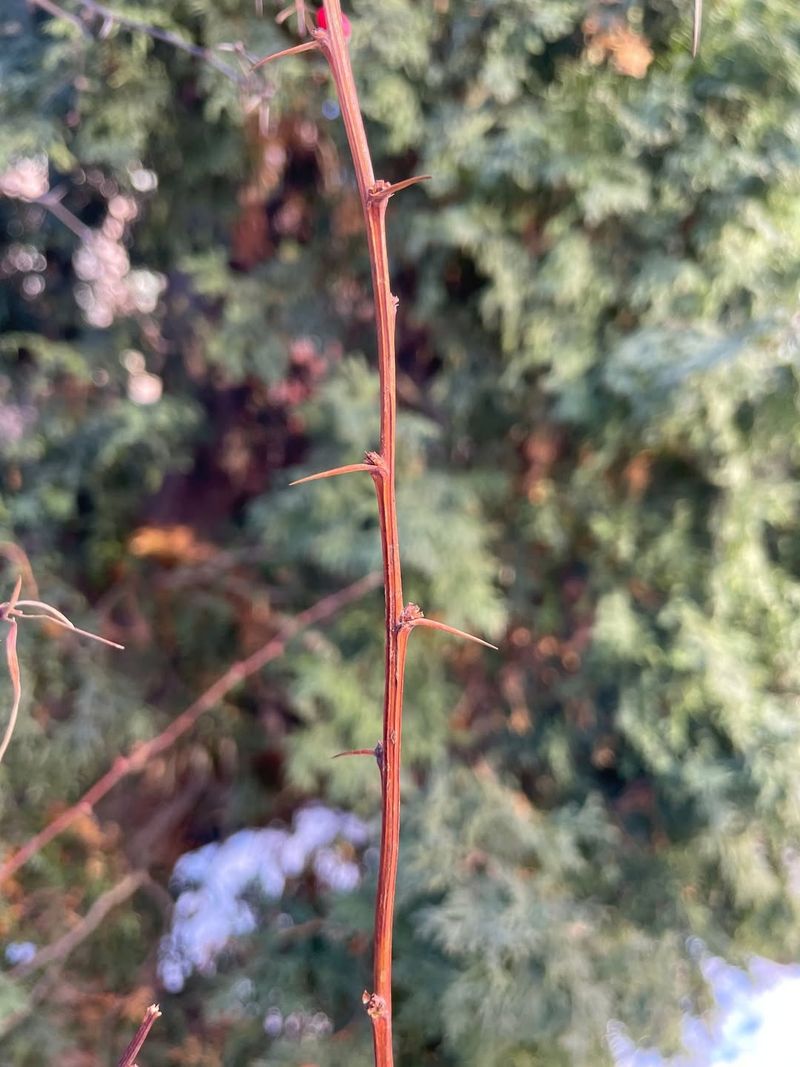For years, I thought that spiky little shrub in my Illinois yard was just a harmless decoration. Turns out, Japanese barberry is a magnet for ticks, and it’s been quietly putting my pets at risk.
I couldn’t believe that something so pretty could be so sneaky. Now, every time I see those bright red berries, I’m reminded to keep my furry friends safe.
1. Dense Branches Create Perfect Hiding Spots
Japanese barberry grows with incredibly thick, tangled branches that form a maze-like structure. Ticks absolutely love these dense areas because they provide excellent protection from predators and harsh weather.
When your dog or cat brushes past these bushes in your Illinois yard, ticks can easily hop onto their fur. The branches grow so close together that they create a humid microclimate underneath, which is exactly what ticks need to survive and multiply throughout the warmer months.
2. Moisture Retention Keeps Ticks Alive Longer
Unlike many other plants, Japanese barberry holds moisture incredibly well near its base. The thick canopy prevents sunlight from drying out the soil and leaf litter below.
Ticks need moisture to survive, and without it, they quickly dry out and die. Your Illinois yard’s barberry bushes essentially act like a water bottle for ticks, keeping them hydrated and healthy. This means more ticks survive to potentially latch onto your beloved pets when they wander nearby during playtime or walks.
3. Low-Growing Structure Puts Ticks at Pet Level
Most Japanese barberry shrubs grow between two to four feet tall, which happens to be the perfect height for most dogs and many cats. Ticks climb onto plants and wait at specific heights where they’re most likely to contact a host.
Your pet’s head, back, and legs are right at the same level as the barberry branches. In Illinois yards, this positioning makes it almost impossible for your furry friend to avoid contact with tick-infested branches during their outdoor adventures.
4. Thick Leaf Litter Underneath Shelters Tick Populations
Ever notice how much dead stuff piles up under barberry bushes? Those thorny branches drop leaves that don’t blow away easily, creating thick layers of decomposing material.
Ticks thrive in leaf litter because it stays damp and protects them from temperature extremes. Illinois experiences hot summers and cold winters, but underneath your barberry, conditions stay surprisingly stable. When your pet sniffs around these areas, they’re walking right through tick heaven, increasing their chances of bringing unwanted passengers inside your home.
5. Attracts Small Mammals That Carry Ticks
White-footed mice, chipmunks, and other small critters love Japanese barberry for shelter and food. Unfortunately, these animals are major tick carriers, especially for the blacklegged ticks that spread Lyme disease.
When these wildlife visitors hang out in your Illinois yard’s barberry bushes, they drop off ticks that then wait for their next meal. Your curious pet investigating interesting smells around the bushes becomes the perfect next host. It’s like a tick transfer station right in your backyard!
6. Thorny Branches Discourage Regular Maintenance
Those nasty thorns on Japanese barberry aren’t just uncomfortable—they actually make homeowners avoid trimming or clearing around these plants. When you can’t easily maintain the area, tick populations explode unchecked.
Regular yard maintenance in Illinois typically reduces tick numbers by removing their habitat. But with barberry’s painful thorns, most people leave these bushes alone, creating undisturbed tick sanctuaries. Your pets then explore these overgrown areas, coming into contact with far more ticks than they would in well-maintained landscaping.
7. Year-Round Foliage Provides Continuous Habitat
While many plants lose their leaves in fall, Japanese barberry holds onto its foliage much longer into Illinois winters. Some varieties even keep leaves year-round in milder conditions.
This extended foliage means ticks have protection for more months than with other plants. Even during cooler Illinois weather when ticks become less active, they still need shelter to survive until temperatures rise again. Your pet’s exposure window to ticks becomes much longer when barberry provides this consistent, protective environment throughout changing seasons.








